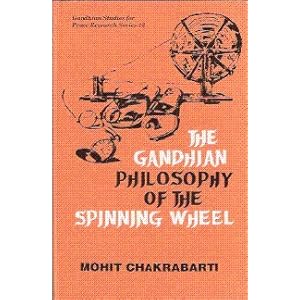Yoga, knitting and fibre arts are riding waves of popularity now. All kinds of courses and websites are popping up exploring these subjects, often attempting to give fresh perspectives on old subjects. You can take Yin Yoga, Hot Yoga, Yoga and Pole Dancing, Laughter Yoga, Holy Yoga. If you're a knitter, you can explore colour work, brioche, free form knitting, Portuguese knitting, Andean knitting, knitting as art or political statement. It can be overwhelming, especially for someone exploring yoga for the first time or for the new knitter. How do we know where to start? How do we determine what will help us and what will cause harm. (This is more likely a hazard in yoga. You can do real harm to your body in a yoga class. In most cases, the results of bad knitting are frustration and, well, badly knit items.)
What is and what isn't "real" is problematic. Colin (my professor) points out that "Real yoga tends to be everything I like. Fake yoga is everything I don't like." That certainly is true for me; there are many things promoted as yoga and meditation that I dislike and even more things in the current knitting scene that rub me the wrong way. When you dislike something, it's a good idea to examine your reasons for the antipathy. Let's see if we can begin to examine the idea of "real" or "authentic."
It's important to note that we are discussing skill level and commitment here, not personal worth. Taking an interest in something, whether you do it in depth or not, is not a measure of your value as a person. You may be the best knitter in the world - is there such a thing? - and still be a despicable, nasty being. There are a lot of skilled, but grumpy and unpleasant yogis around. If we can separate personality from exploration, we may be able to examine the subject more objectively.
Suppose you take up knitting and discover that you enjoy knitting dishcloths. You knit these by the bushel load and you become very skilled at making dishcloths. They're all you knit - you have no desire to try anything else. You knit, but are you a real knitter?
Now suppose you take up knitting and discover that this becomes an in depth subject for you. You explore as many stitches and patterns as you can. You read about knitting, you search on line for anything that will improve your skills. Perhaps you achieve accreditation in hand knitting. Knitting becomes a lifelong pursuit. Are you a knitter, now? More to the point, is your knitting more real, more authentic than that of the dishcloth knitter?
If you are only knitting for yourself, what you do and how you do it affects only you. When you move into selling your products or teaching, the issue of authenticity becomes more important. We speak harshly of elitism, for good reasons. Elitism used as a tool to control and oppress others is a danger; however, elitism may have value when we are looking for who can best teach us.
If you want to learn something, would you rather learn it from a person who has been knitting for a week or from someone who has spent time and effort learning her skills and how best to teach them, especially if money (sometimes a fair amount of cash) is involved? Would you prefer to learn from someone whose primary interests are marketing and monetary gain or from someone interested primarily in passing along her knowledge? Are these things mutually exclusive?
Move past knitting into yoga. Can someone with a weekend certification in yoga practice be as effective a teacher as someone who has studied yoga in some depth, who has perhaps studied anatomy, and who practices on a regular basis?
You may think that the answers are obvious, but a lot rides on intent (yours and the teacher's) and bias. I know that I look for teachers in any subject who know their stuff, who practice what they teach rather than depend on theoretical knowledge and who are constantly exploring and pushing their own boundaries. Then again, I tend to dive fully into subjects which interest me and I have the luxury of time that enables me to do this. When the allotments of time and money are the same, I look for the teacher who has gathered the largest body of knowledge and who knows how to pass that information along to others.
The flashiest teacher or even the teacher who knows a lot is not necessarily the best. I've taken classes from well-known instructors who were clearly out of their depth as teachers, who didn't know what they purported to know, who didn't know how or didn't care to pass that information on to others and who would not consider other ideas, especially from students. Most of the time, I look for the teacher who is open, clear about his/her biases and who enjoys what he or she does and teaches and who doesn't withhold that knowledge. As Colin says, these people tend to "beam" with the beauty of their knowledge.
Look for those people.
Namaste.
 |
| I'm so caught up in my class that I'm not knitting or spinning much, but I am working on stash reduction. The yarn on the Hatchtown spindle is from a batt I blended. I'm knitting the scarf from a 50/50 blend of qiviuq and merino. |










